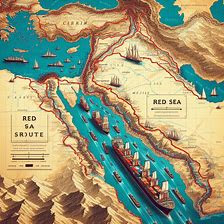Lionel Richie Abu Dhabi tickets
22 FEB SAT 17:00 Lionel Richie Saadiyat Island Abu Dhabi, United Arab Emirates Selling fast See Tickets Open new tab Open in new tab
Upcoming Events,Blog articles, Music,Games, Entertainment and lots more..
